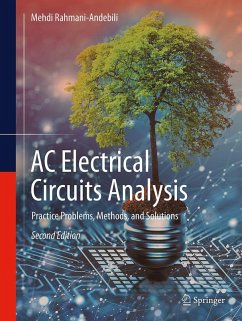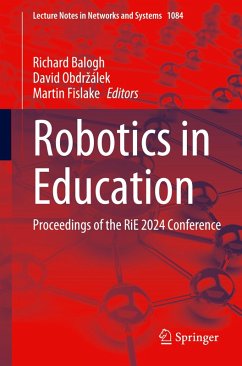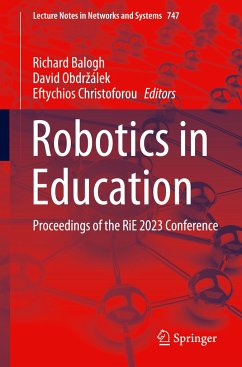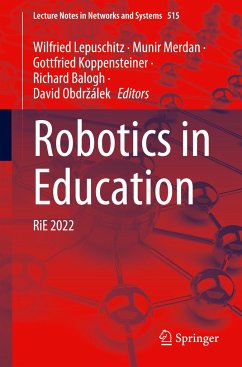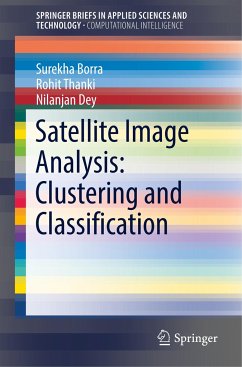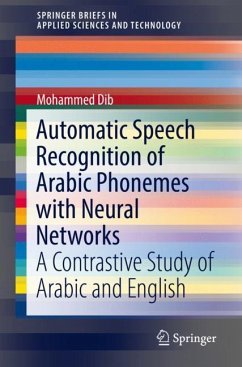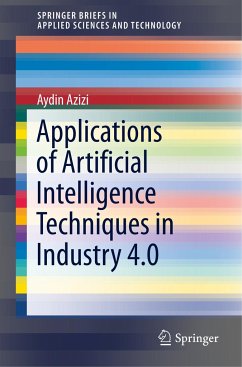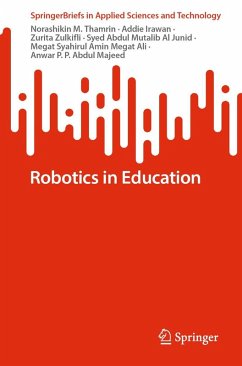
Robotics in Education

PAYBACK Punkte
19 °P sammeln!
This book investigates robotics' role in transforming STEM education through critical thinking and interdisciplinary skill development. Spanning six chapters, it examines robotics' ability to enhance technical and collaborative skills while addressing challenges such as resource accessibility and curriculum integration. Core programming concepts, including control systems, algorithm design, and debugging, are elaborated upon using tools like Python and ROS.Practical guidance encompasses the design of mechanical and electrical systems, the integration of sensors (e.g., ultrasonic, IMUs), and th...
This book investigates robotics' role in transforming STEM education through critical thinking and interdisciplinary skill development. Spanning six chapters, it examines robotics' ability to enhance technical and collaborative skills while addressing challenges such as resource accessibility and curriculum integration. Core programming concepts, including control systems, algorithm design, and debugging, are elaborated upon using tools like Python and ROS.
Practical guidance encompasses the design of mechanical and electrical systems, the integration of sensors (e.g., ultrasonic, IMUs), and their application in real-world scenarios. Projects advance from basic movement programming to sophisticated AI-driven tasks such as autonomous navigation and object recognition. The AI section discusses machine learning, path-planning algorithms (e.g., A_ search, SLAM), and classroom case studies.
Subsequent chapters examine new trends such as VR, IoT, and data-driven assessment alongside robotics's global influence in education and career readiness strategies. Aimed at educators and students, this book combines theoretical frameworks with practical insights to prepare learners for technological progress.
Practical guidance encompasses the design of mechanical and electrical systems, the integration of sensors (e.g., ultrasonic, IMUs), and their application in real-world scenarios. Projects advance from basic movement programming to sophisticated AI-driven tasks such as autonomous navigation and object recognition. The AI section discusses machine learning, path-planning algorithms (e.g., A_ search, SLAM), and classroom case studies.
Subsequent chapters examine new trends such as VR, IoT, and data-driven assessment alongside robotics's global influence in education and career readiness strategies. Aimed at educators and students, this book combines theoretical frameworks with practical insights to prepare learners for technological progress.



